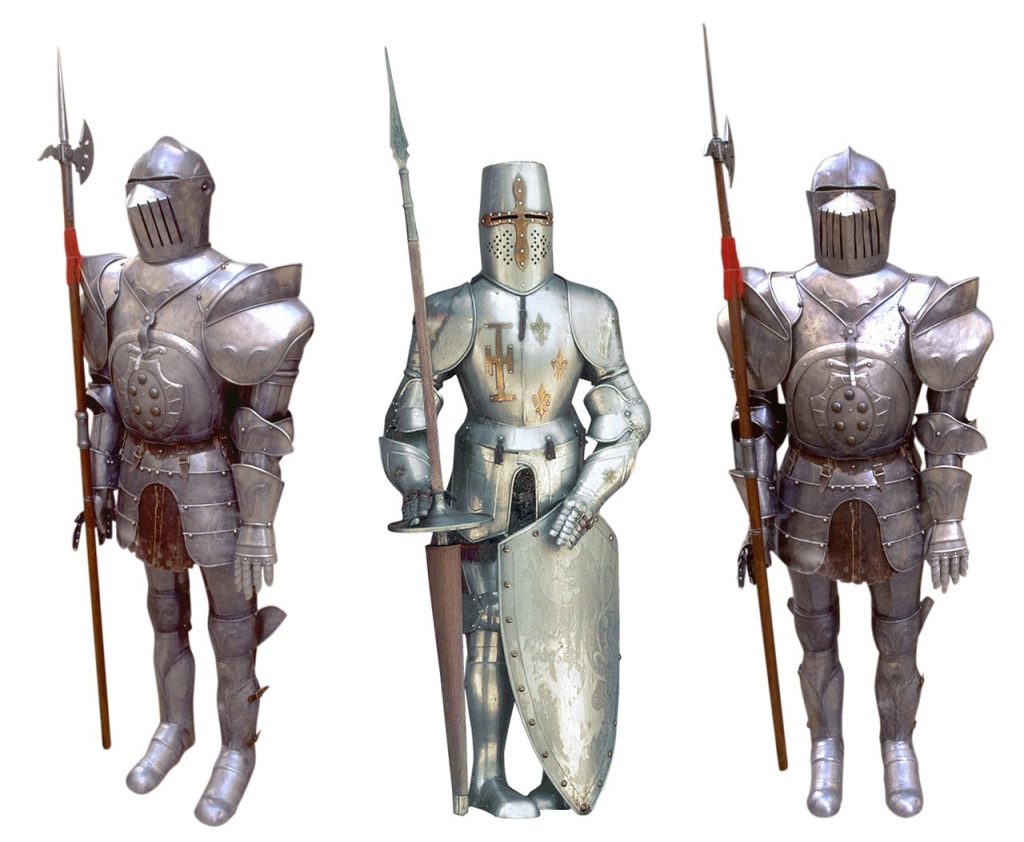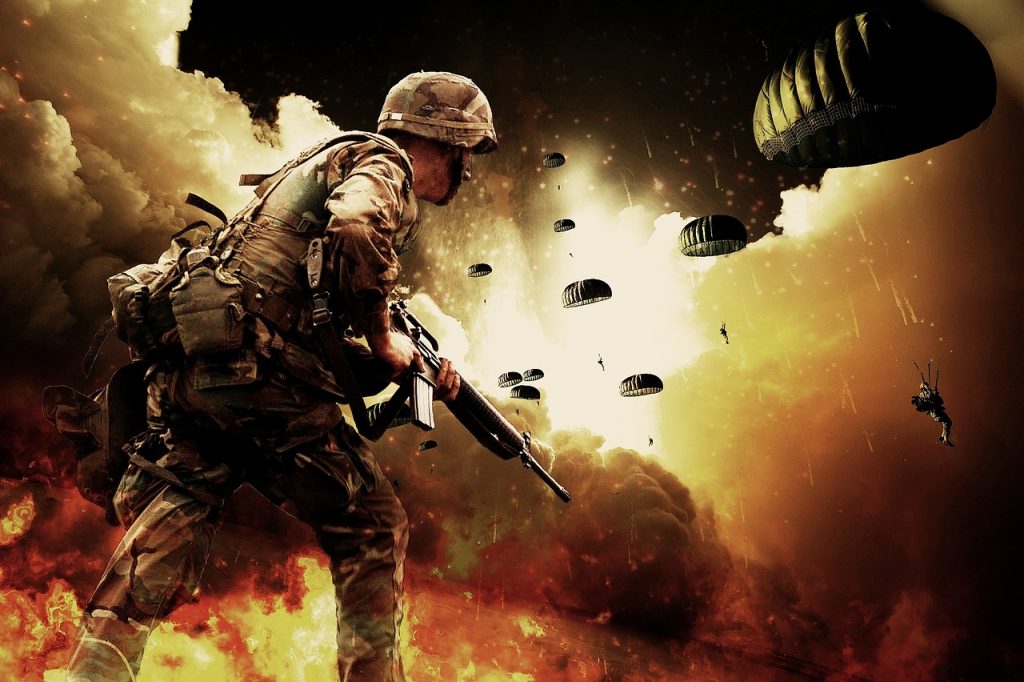Warcraft 2: Remember the days when you would sit in front of your computer, eyes glued to the screen, as you strategized and commanded your armies in the epic world of Azeroth? Tides of Darkness, released in 1995, is a game that not only defined a genre but also left an indelible mark on many gamers’ hearts. This article takes you on a nostalgic journey through the world of Warcraft II, exploring its gameplay, legacy, and the reasons it remains a beloved classic even decades later.
The Origins of Warcraft II
Warcraft II was developed by Blizzard Entertainment following the success of its predecessor, Warcraft: Orcs & Humans. The game took the real-time strategy (RTS) genre to new heights with improved graphics, more complex gameplay, and a richer story. It was a time when the gaming industry was evolving rapidly, and Blizzard seized the opportunity to create something extraordinary.
A Brief Overview of the Storyline
The Conflict Between Orcs and Humans
The storyline of Warcraft II revolves around the epic conflict between the human inhabitants of Azeroth and the invading orcish Horde. After their defeat in the first war, the orcs return stronger and more determined, setting the stage for an all-out war. Players can choose to play as either the noble Alliance or the ruthless Horde, each with its own unique missions and narrative arcs.
Key Characters and Factions

The game introduces several key characters who would go on to become iconic figures in the Warcraft universe. From the brave paladin Anduin Lothar to the cunning orc warlock Gul’dan, these characters add depth and personality to the game. The Alliance and Horde factions also feature diverse units and structures, each requiring different strategies to master.
Gameplay Mechanics and Innovations
Resource Management and Base Building
At its core, Warcraft II is about resource management and base building. Players must gather resources like gold, lumber, and oil to construct buildings and train units. The balance between resource gathering and military expansion is crucial to success, making every decision count.
Naval Warfare and Aerial Combat
One of the standout features of Warcraft II is its introduction of naval warfare and aerial combat. Players can build ships and aircraft to gain strategic advantages, adding a new layer of complexity to the gameplay. This innovation set Warcraft II apart from other RTS games of its time.
Multiplayer Mode: The Birth of Competitive Gaming
The Rise of Online Play
Warcraft II was among the first games to support online multiplayer, allowing players to compete against each other over the internet. This feature was groundbreaking and helped lay the foundation for the competitive gaming scene we know today. Players could now test their skills against real opponents, adding an entirely new dimension to the game.
Strategies and tactics
Multiplayer matches in Warcraft II were intense and required careful planning and quick thinking. From rushing tactics to defensive strategies, players developed a wide range of approaches to outsmart their opponents. The game’s balance and depth made it a favorite among competitive gamers.
The Expansion Pack: Beyond the Dark Portal
New Missions and Challenges
The expansion pack Warcraft II: Beyond the Dark Portal introduced new missions, units, and challenges. It continued the story from Tides of Darkness, delving deeper into the lore and offering players even more content to explore. The expansion was well-received and solidified Warcraft II’s status as a classic.
Expanded Lore and World-Building
Beyond the Dark Portal also expanded the game’s lore, introducing new characters and locations. This enriched the Warcraft universe, setting the stage for future games and stories. Fans of the series appreciated the added depth and complexity.
The Impact and Legacy of Warcraft II
Influencing Future Games

Warcraft II’s success influenced many future RTS games, including Blizzard’s own Starcraft series. Its innovations in gameplay, storytelling, and multiplayer set new standards for the genre. The game’s legacy can be seen in countless modern strategy games.
A Cultural Phenomenon
Beyond its impact on gaming, Warcraft II became a cultural phenomenon. It inspired books, comics, and eventually the massively popular MMORPG World of Warcraft. The game’s characters and lore have become iconic, resonate with fans across generations.
Reliving the Experience Today
Modern Platforms and Remasters
For those looking to relive the Warcraft II experience, the game is available on modern platforms. Remasters and digital versions have made it accessible to a new generation of gamers. Whether you’re a long-time fan or a newcomer, there’s never been a better time to dive into the world of Warcraft II.
Community and Mods
The Warcraft II community remains active, with fans creating mods and custom content to keep the game fresh. Online forums and fan sites are filled with resources and discussions, ensuring that the spirit of the game lives on.
Tips and Tricks for New Players
Mastering Resource Management
Effective resource management is key to success in Warcraft II. Focus on balancing your economy by building enough workers and expanding your base. Prioritize gathering gold and lumber, and don’t forget to secure oil for naval units.
Building a Balanced Army

A balanced army is essential for overcoming your enemies. Mix different unit types to cover various strengths and weaknesses. For example, combine infantry with archers and siege weapons to create a versatile force.
Utilizing Naval and Aerial Units
Naval and aerial units can provide significant strategic advantages. Use ships to control waterways and launch surprise attacks. Aerial units can scout and harass enemy bases, disrupting their plans and gathering valuable information.
Memorable Missions and Campaigns
The Human Campaign
The human campaign features a series of challenging missions where players must defend Azeroth from the Orcish Horde. Each mission requires different strategies, from holding defensive positions to launching full-scale assaults.
The Orc Campaign
In the orc campaign, players take on the role of the Horde, seeking to conquer Azeroth. This campaign offers a different perspective on the war, allowing players to experience the conflict from the orcs’ point of view.
Fan-Favorite Missions
Certain missions in Warcraft II have become fan favorites due to their unique challenges and memorable moments. Missions like “The Battle for Hillsbrad” and “The Siege of Lordaeron” are often cited as highlights of the game.
Soundtrack and Voice Acting
Iconic Music
The music of Warcraft II is one of its most memorable aspects. The soundtrack, composed by Glenn Stafford, features epic orchestral pieces that perfectly capture the game’s grand scale and intense battles.
Engaging Voice Acting
The game’s voice acting also adds to its charm. Memorable lines from characters like “Ready to Work” and “Yes, Milord” have become iconic. The voice acting brings the characters and world to life, adding depth to the experience.
Graphics and Art Style
Timeless Visuals
While the graphics of Warcraft II may seem dated by today’s standards, they have a timeless charm. The game’s pixel art and detailed scenes were impressive for their time and remain visually appealing even today.
Artistic Influences
The art style of Warcraft II was influenced by fantasy literature and films. The game’s vibrant colors and distinct unit designs helped it stand out in a crowded market, contributing to its lasting appeal.
The Community and Fan Contributions
Fan Art and Creations
Warcraft II has inspired a wealth of fan art and creations. From detailed illustrations to custom game mods, the community’s creativity knows no bounds. These contributions keep the game alive and demonstrate its lasting impact.
Online Communities and Forums
Online communities and forums dedicated to Warcraft II are still active today. Fans gather to share strategies, discuss lore, and reminisce about their favorite moments. These communities are a testament to the game’s enduring popularity.
In Conclusion, Tides of Darkness is more than just a game; it’s a piece of gaming history. Its innovative gameplay, rich story, and lasting impact on the RTS genre make it a timeless classic. Whether you’re a veteran player or discovering it for the first time, Warcraft II offers an experience that is both nostalgic and endlessly enjoyable. As we relive the epic battles and memorable moments, we are reminded of why Warcraft II continues to hold a special place in the hearts of gamers worldwide.
FAQs About Warcraft 2
Q1: Can I play Warcraft II on modern computers?
Yes, Warcraft II is available on modern platforms, including remastered versions that make it compatible with current operating systems.
Q2: What makes Warcraft II different from other RTS games?
Warcraft II stands out for its naval and aerial combat, engaging storyline, and well-balanced gameplay, which set new standards for the RTS genre.
Q3: Are there any active communities for Warcraft II?
Yes, there are active online communities and forums where fans discuss strategies, share mods, and keep the game’s spirit alive.
Q4: What is the expansion pack Beyond the Dark Portal about?
The expansion pack continues the story of Tides of Darkness, introducing new missions, characters, and lore to the game.
Q5: How has Warcraft II influenced modern games?
Warcraft II’s innovations in gameplay and multiplayer laid the groundwork for future RTS games and influenced many titles in the genre, including Blizzard’s own Starcraft series.


